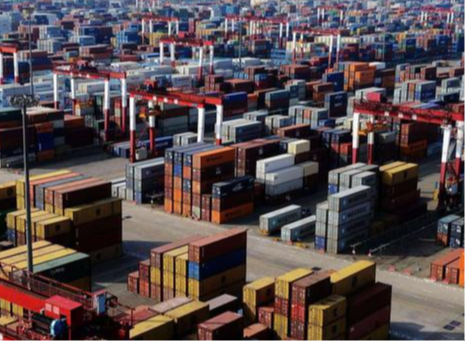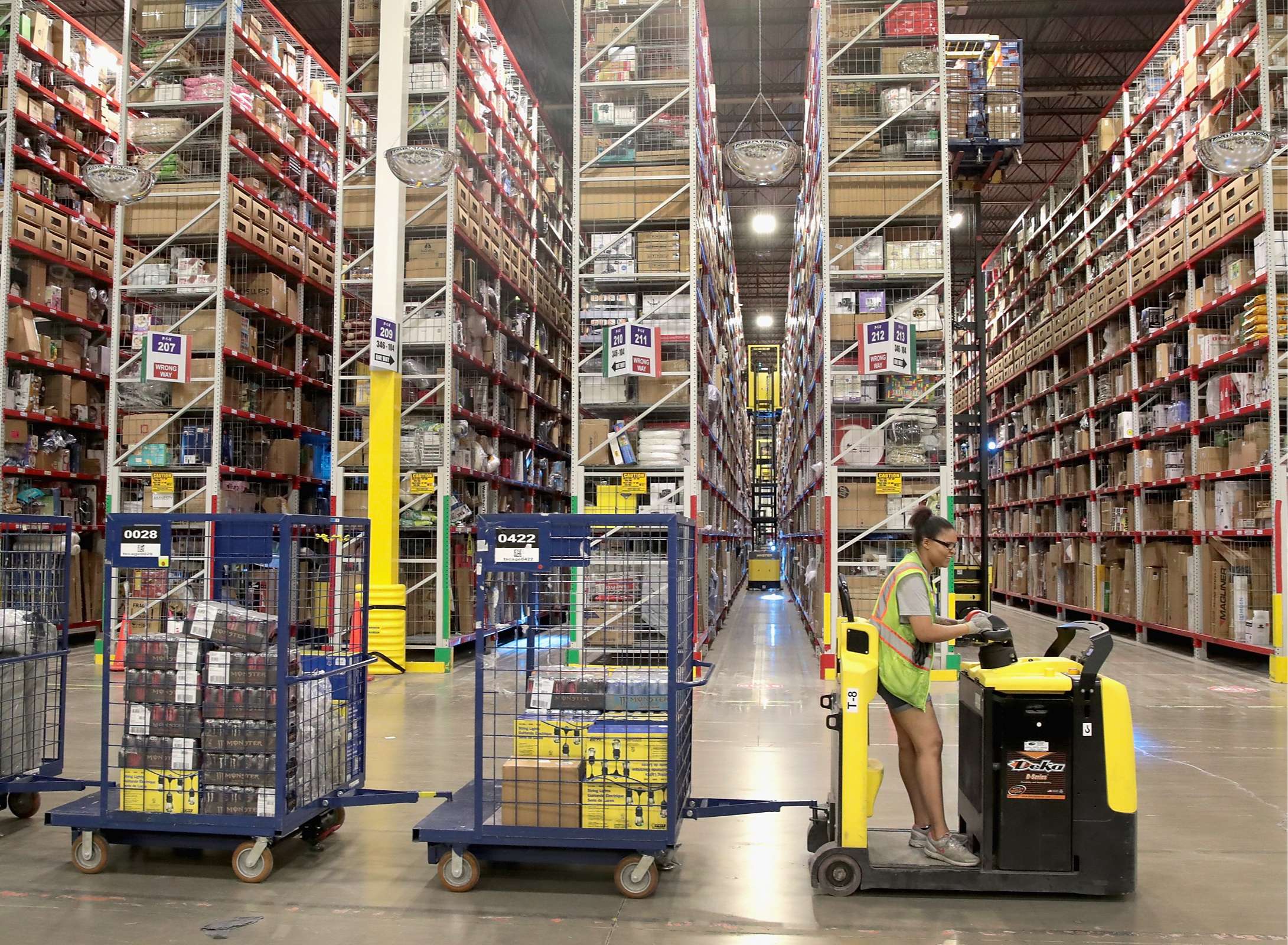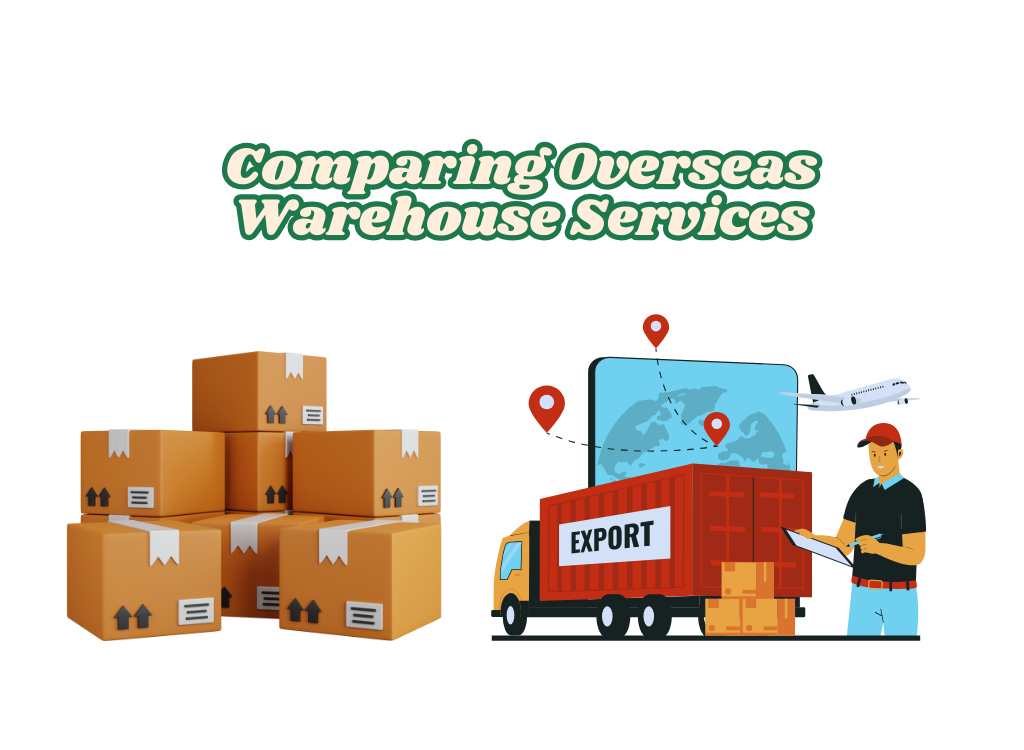FBA LCL Quote
FBA 40HQ FCL Quote
Understanding customs fees during ocean freight shipments is crucial when running an FBA (Fulfillment by Amazon) business. This could make all the difference between smooth sailing and unexpected expenses that cut into profits.
Let's examine some of the fees associated with the FBA ocean freight customs clearance process, their significance and how you can effectively manage them to control costs.
Ocean Freight Charges: What You Need to Know
Ocean freight charges should always be the initial expense to consider when shipping goods internationally. Their fees depend upon factors like volumetric weight and scheduling requirements for your products.
Charges vary based on the size and nature of your shipment and which shipping line it uses. They will also include its chargeable weight limit (LCL or FCL).
FBA sellers need to factor shipping charges in as they represent an essential portion of overall expenses.
When booking ocean freight, always compare rates from various logistics providers to find the optimal price without sacrificing service quality. This will enable you to find an economical yet quality solution.
Additional Fees You May Encounter
Additional charges or surcharges can quickly add up, so it's important to understand them before committing to a shipment.
Standard extra fees typically associated with additional services include:
Peak Season Surcharge: When shipping during busy periods (such as the holiday shipping season), such as December or Valentine's Day, an increased demand could cause you to incur an increased charge for shipping services.
Overweight and Oversize Charges: Additional fees could apply when products exceed standard weight or dimensions.
Port Handling Fees: When your cargo reaches its port of entry, handling fees must be paid for processing and unloading purposes.
Predicting extra charges can often be challenging, so it's wise to inquire ahead of time with your logistics provider about any potential surcharges or surcharges they might levy. This will allow you to budget better and prevent unpleasant surprises at port!
Customs Declaration Fees
When products enter the US from other countries, customs officials require in-depth details about them to process customs declaration fees appropriately. This is where Customs Declaration Fees come into play.
Filing paperwork to import products costs money.
If you choose to handle the clearance process yourself, this fee might be minimal; however, many FBA sellers opt to hire a customs broker as this simplifies paperwork management and expedites delivery of their merchandise to buyers.
An investment in hiring a broker may save time and prevent costly errors in your work process.
ISF Filing Fees
An ISF is an importer-mandatory filing that must be submitted before transporting cargo to US shores. The ISF provides customs authorities with essential details regarding your goods being imported into this country and should, therefore, not be ignored by importers or their representatives.
Failure to file ISF on time could incur steep penalties.
Filing ISF requires an administrative fee, whether you file it yourself or through an outside service.
FBA sellers must prioritize ISF filings to avoid delays and penalties. An ISF must be filed at least 24 hours before goods are loaded onto vessels bound for US ports, making proper timing incredibly critical!
Bond Fees
Customs bonds act like insurance policies to guarantee compliance with US Customs regulations. Getting one of these ensures that any outstanding duties, taxes, or penalties due when cargo importation occurs are paid off promptly.
Bond costs vary but are essential to clear goods through customs smoothly.
Though an import bond might seem unnecessary, its presence is absolutely vital for the triumphant entry of goods into the US. Without one, shipments could be delayed or, worse still, entirely denied entry.
Delivery Fees to FBA Warehouses
Once goods have passed customs inspection, they must be transported directly from the port to an Amazon Fulfilment and Fulfilment warehouse (FBA warehouse). Delivery fees from the port are integral and should not be overlooked.
These fees depend on the distance between your shipment's port and warehouse. Your shipment requires a dedicated truck rather than being combined with others in bulk shipments.
Ensure these costs are included when setting up FBA warehouse fees if it's far from a port.
Delivery fees may come as a shock, so discuss these with your logistics provider beforehand.
Duties and Taxes
Duties and tax fees depend upon your product's Harmonized System (HS) code and its value, among other considerations.
Each product category imposes duties you'll have to pay upon arrival; these rates may differ significantly, so knowing which classification your item falls under is vitally important.
As well as customs duties and state and federal taxes on your goods, other costs to include in your budget include state and federal taxes on them based on the value of the sale.
Knowing your goods' HS codes allows you to accurately estimate any duties or taxes due, helping prevent unexpected charges when the goods arrive at customs.
Certification and Inspection Fees
Before being allowed into the United States for importation, some products require certification - whether this involves origin certificates, quality certifications or safety inspection reports.
Fees associated with procuring these documents vary but may often be necessary to meet US import standards for your products.
Inspection fees could apply if your goods are randomly chosen for inspection upon arrival at the port. However, these inspections cannot always be guaranteed, and it's wiser to be prepared for potential delays and additional costs than to hope they won't occur at all.
The costs associated with certification can add up quickly, particularly if your shipment includes multiple product categories that require different certifications.
Labeling Fees
Amazon FBA warehouses require products shipped there to adhere to specific labelling standards; failure to do so could incur fees imposed by Amazon as they attempt to meet these stringent guidelines for labelling goods delivered for FBA fulfilment.
Labelling products on your own or with Amazon should also be an added cost that should be factored in.
If you are unfamiliar with FBA warehouse requirements, investing in professional labelling services could save time and energy while avoiding delays or rejected shipments at their fulfilment centre.
Potential Other Fees
Additional expenses might include storage fees, unloading charges, and special handling charges for sensitive or perishable goods.
Every step in the FBA ocean freight process may incur fees, so it is wise to inquire about all potential charges with your logistics provider in advance before commencing this journey.
These costs may differ based on the goods you import; temperature-sensitive goods could incur special handling fees to maintain temperature regulation or climate control systems.
How to Manage and Minimize FBA Ocean Freight Customs Costs
Start managing costs effectively by accurately declaring and selecting shipping options for all goods transported.
Communicate early and clearly with your logistics providers so they understand your requirements. Hiring a customs broker could save time and prevent delays.
Be proactive; understanding potential costs and fees early will enable you to plan better and optimize operations.
Communication between suppliers, customs brokers, and logistics providers is essential for avoiding unexpected expenses that could threaten to deplete profit margins.
FAQs
What happens if I don’t file my ISF on time?
Late ISF filings may result in severe penalties, including up to $5,000 fines per violation. Therefore, timely ISF submission is of utmost importance.
How can I avoid customs duties by undervaluing my goods?
No! Underreporting of goods' values could result in fines, penalties, and delayed shipments; always declare their actual values when reporting products for shipment.
How can I minimize customs clearance delays?
Prepare in advance by ensuring all documentation is submitted on time and accurately. Hiring an established customs broker may expedite and speed up this process and prevent delays.
Final Thoughts
FBA ocean freight customs clearance can be an involved and lengthy process with numerous potential fees and costs. However, by understanding and taking measures to manage these, you can create an easier and less expensive experience when sending goods for fulfilment by Amazon FBA warehouses.
If you’re sourcing products from China, partnering with a reliable china freight forwarder can be crucial in streamlining the shipping and customs process.
A trusted freight forwarder can help manage all aspects of the journey, from selecting the best shipping methods to handling documentation and ensuring that you stay compliant with U.S. customs regulations.



